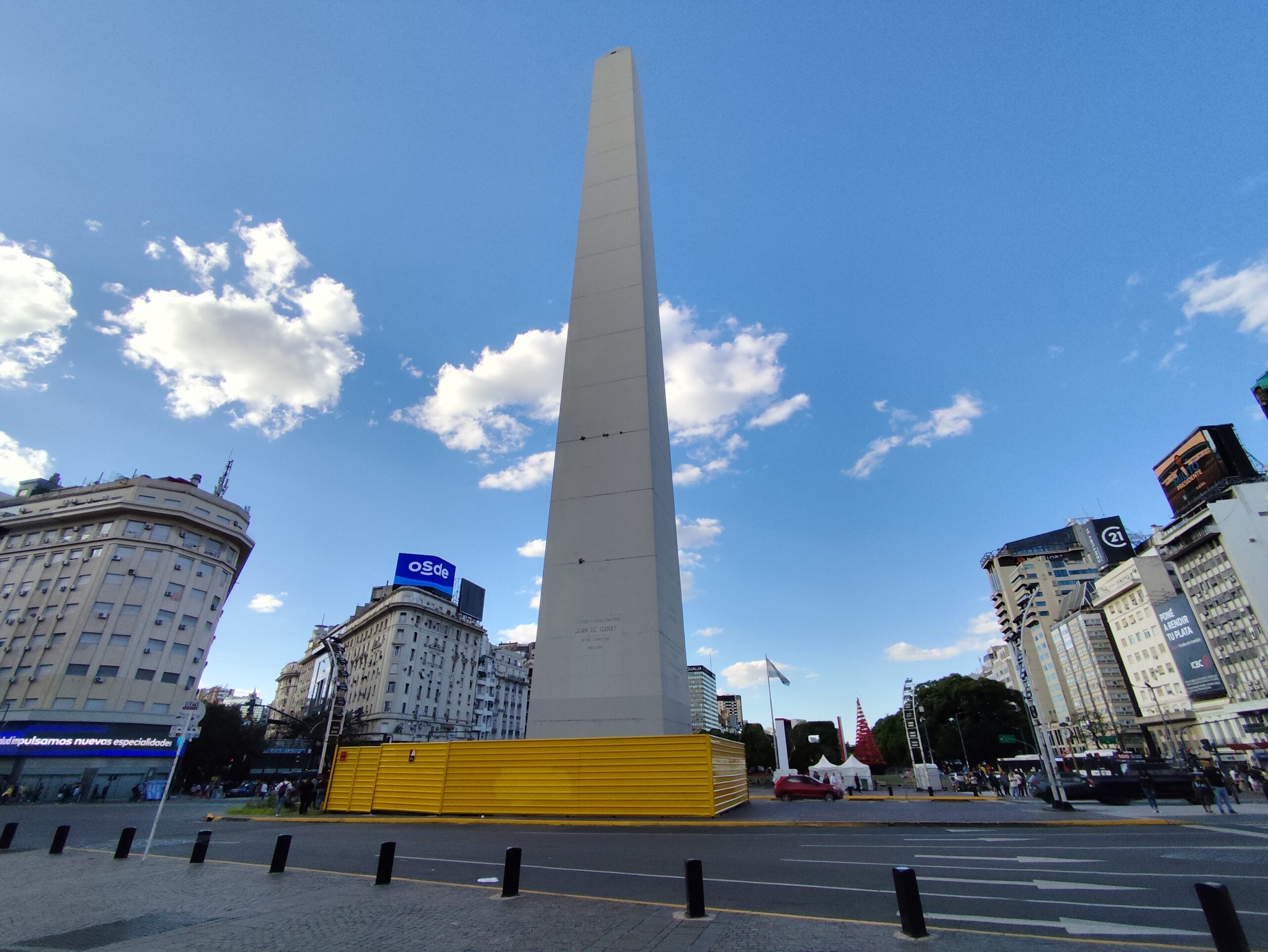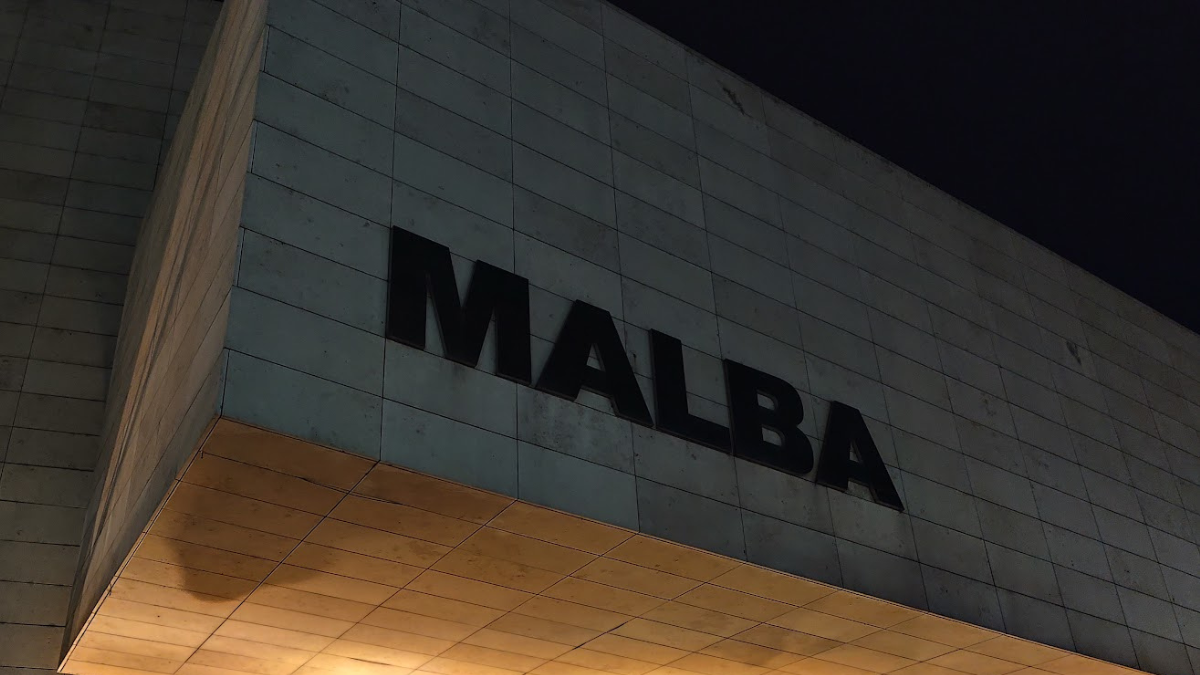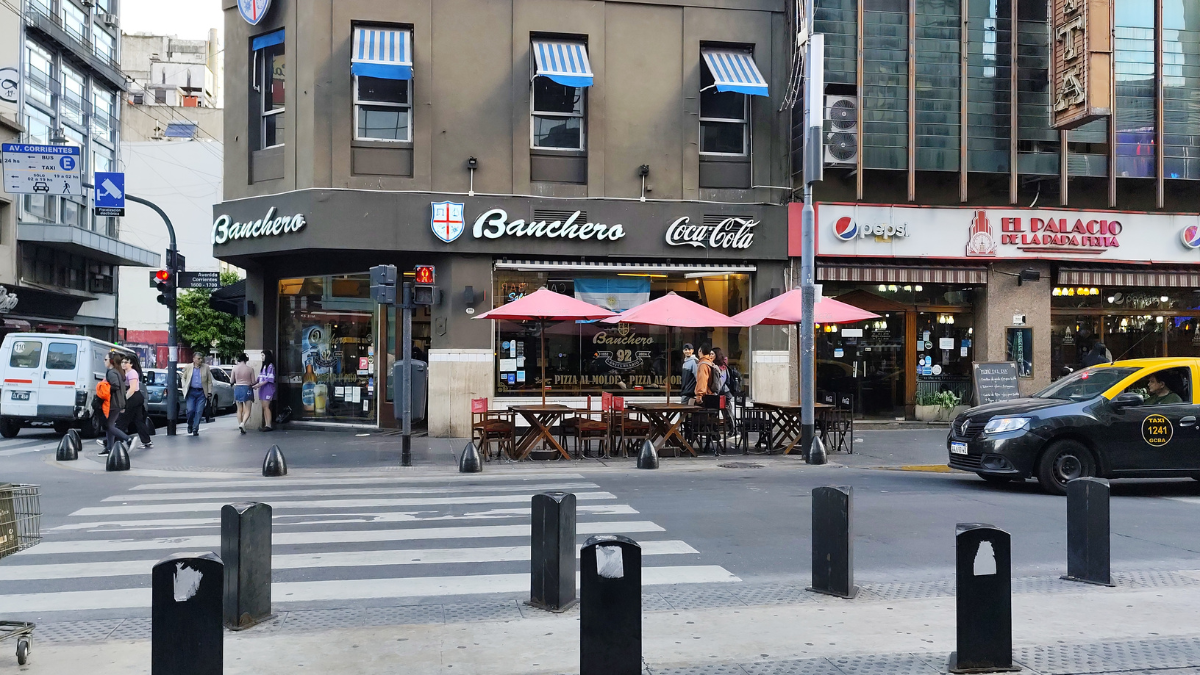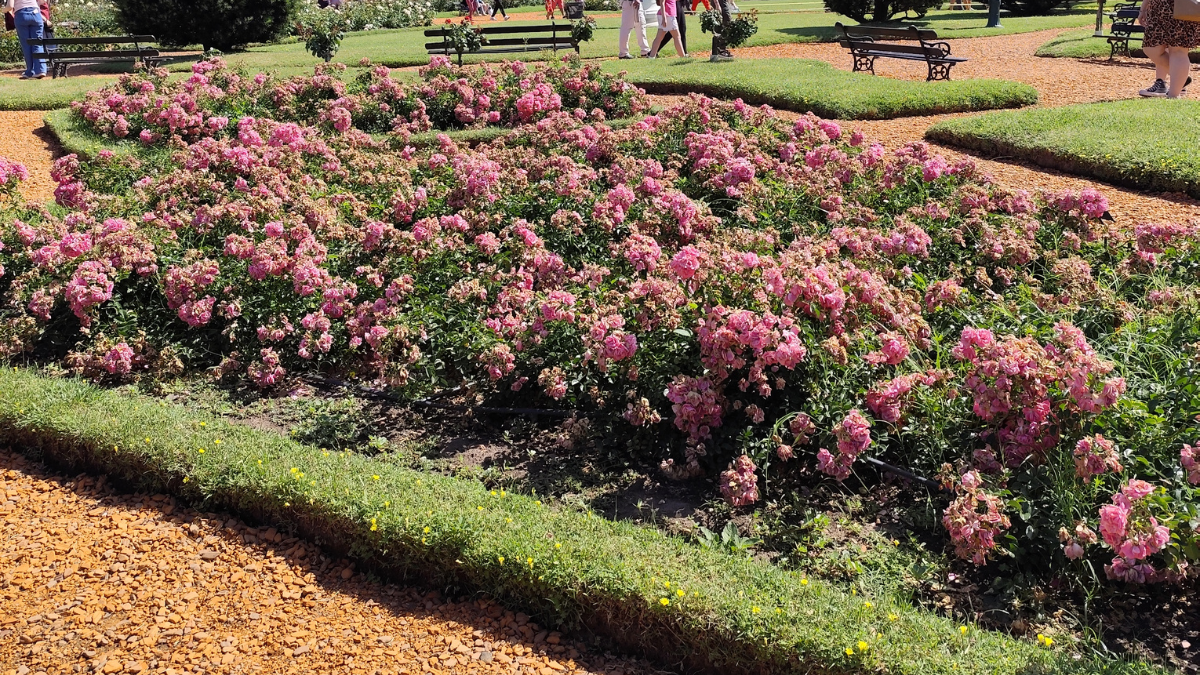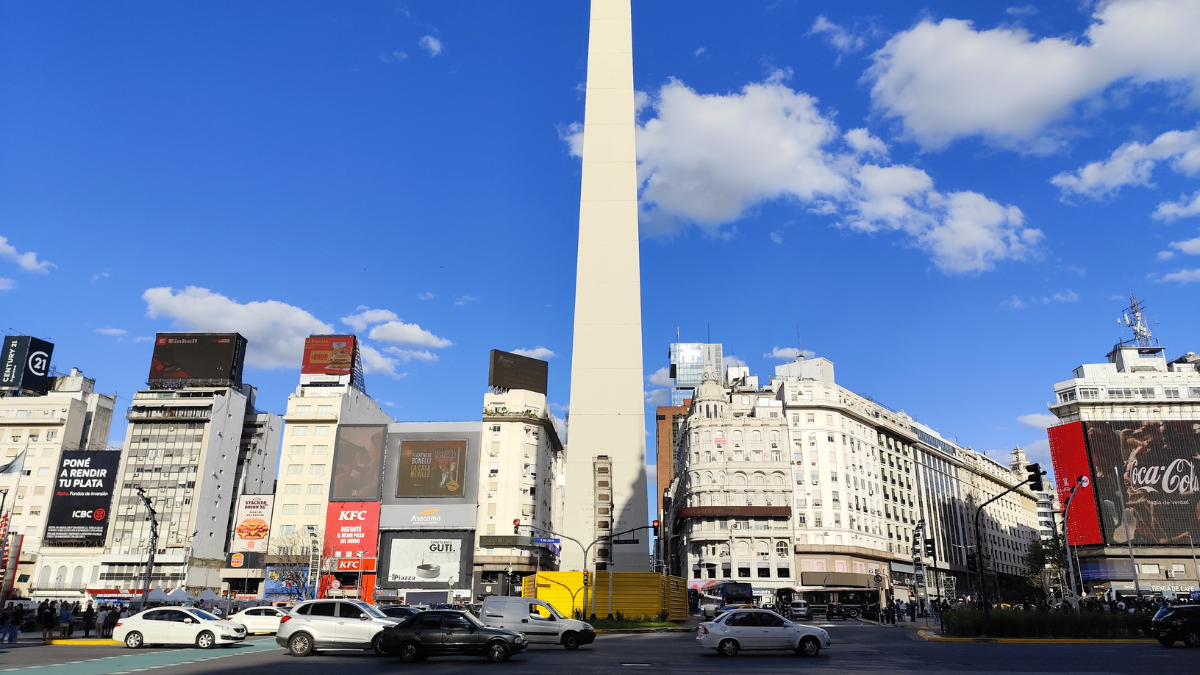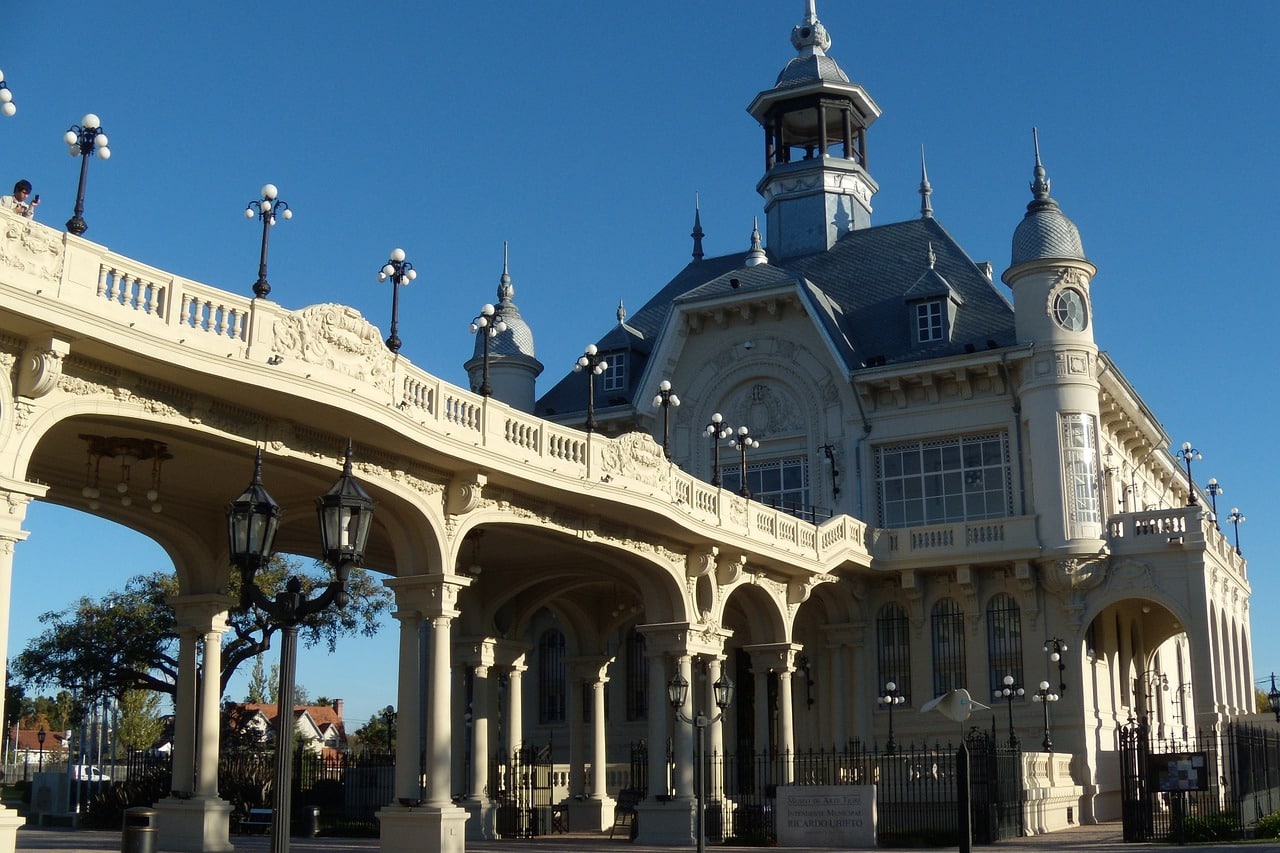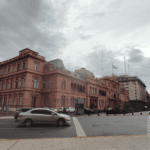The Obelisco in Buenos Aires stands as one of the city’s most recognizable landmarks. Erected at the intersection of Avenida Corrientes and Avenida 9 de Julio, this towering structure has become a central point for gatherings and celebrations. Its significance transcends mere aesthetics, embodying the spirit and history of Buenos Aires, and serving as a symbol of the city’s enduring legacy and cultural heritage.
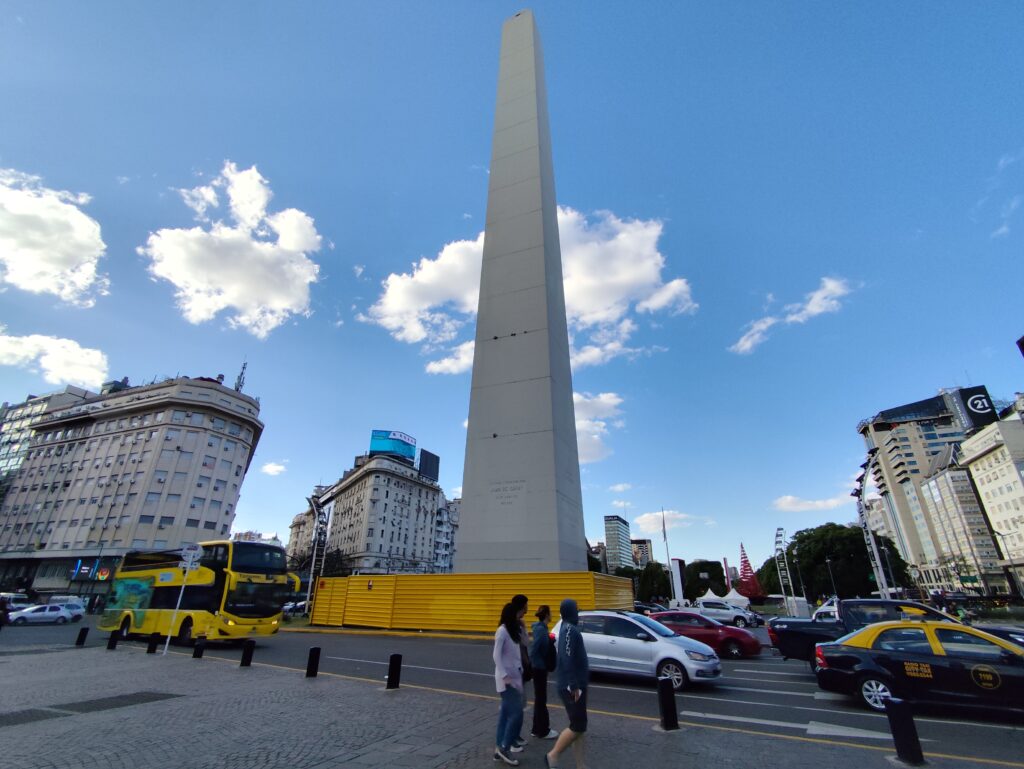
Table of Contents
History of the Obelisco
Early History and Background
Before the Obelisco became the emblem of Buenos Aires, the site was home to the San Nicolás de Bari church. This historic church was notable for several reasons: it was where Mariano Moreno and Manuel Dorrego were baptized, it housed the remains of Manuel Alberti, a prominent figure in Argentine history, and it was the first place where the Argentine flag was raised in 1812. The church, however, was demolished to make way for the new monument, marking the end of an era and the beginning of a new chapter in the city’s history.
Decision to Construct the Obelisco
The idea to construct the Obelisco arose during the presidency of Agustín Pedro Justo, with Mariano de Vedia y Mitre serving as the mayor of Buenos Aires. As part of a broader urban renewal plan that included the widening of Avenida Corrientes and the creation of Avenida 9 de Julio, the Obelisco was conceived to commemorate the 400th anniversary of the first founding of Buenos Aires by Pedro de Mendoza. The architect Alberto Prebisch, a leading figure in Argentine modernism, was commissioned to design the monument. Construction began on March 20, 1936, and remarkably, the Obelisco was completed in just two months.
Controversies and Debates Surrounding Its Construction
The construction of the Obelisco was met with significant controversy. Replacing the beloved San Nicolás de Bari church, the project faced opposition from traditionalists who lamented the loss of such a historic site. Legal battles ensued, with the municipality ultimately prevailing over the church authorities. Additionally, there were safety concerns when pieces of the Obelisco’s masonry fell off shortly after its inauguration in 1936. This led to debates in the city council, and a vote was held in 1939 to demolish the monument. However, the decision was vetoed, and the Obelisco was preserved, with subsequent repairs reinforcing its structure. Despite its rocky start, the Obelisco has since become an indelible part of Buenos Aires’ identity.
Architectural Features
The Obelisco stands at an impressive height of 67.5 meters, with a base measuring 6.8 meters on each side. It was designed by the architect Alberto Prebisch, a prominent figure in modernist architecture in Argentina. The structure is made from reinforced concrete, originally covered with stone, which was later replaced by cementitious plaster painted white to imitate stone slabs.
The monument features a single entrance on its west side, leading to a narrow interior. Inside, a mariner’s ladder with 206 steps and seven landings ascends to the top. At the summit, there is a viewing platform with four windows, offering panoramic views of the city. The word “obelisco” itself derives from the Latin “obeliscum,” which describes a tall, four-sided pillar ending in a pyramid-like apex, commonly used as a public ornament.
Cultural and Historical Significance
The Obelisco holds a central place in the cultural and historical fabric of Buenos Aires. It is comparable to international icons like the Eiffel Tower in Paris and the Statue of Liberty in New York, serving as a powerful symbol of the city and its people. Its location at the intersection of Avenida Corrientes and Avenida 9 de Julio makes it a focal point for gatherings, celebrations, and protests.
Over the years, the Obelisco has witnessed numerous historic events. It has been the site of major celebrations, including the annual Buenos Aires Tango Festival, public demonstrations, and most notably, the exuberant festivities following Argentina’s victories in international football tournaments. The monument also marks four key historical events: the first foundation of Buenos Aires by Pedro de Mendoza, the first raising of the Argentine flag, the proclamation of Buenos Aires as the Capital Federal, and the second foundation of the city by Juan de Garay.
Despite initial opposition and debates over its construction, the Obelisco has endured as a beloved landmark. It stands not only as a reminder of Buenos Aires’ rich history but also as a testament to the city’s resilience and dynamism. The Obelisco is a must-see for visitors and a proud emblem for locals, encapsulating the essence of Buenos Aires in its towering presence.
Visitor Information
The Obelisco is centrally located in the Plaza de la República, at the intersection of Avenida Corrientes and Avenida 9 de Julio, making it easily accessible from various parts of the city. The exact address is Av. Corrientes 1066, Buenos Aires. The monument is a popular spot for both locals and tourists, so it’s recommended to visit early in the morning or later in the evening to avoid the crowds.
For those looking to explore the Obelisco and its surroundings, several local tours offer comprehensive insights into its history and significance. Walking tours are particularly popular, as they allow visitors to fully appreciate the monument and its surroundings, including the bustling Avenida 9 de Julio and the vibrant theatre district along Avenida Corrientes.
Nearby attractions include the iconic Teatro Colón, one of the world’s leading opera houses, and the charming Café Tortoni, a historic café that has been a cultural hub since the 19th century. Visitors can also stroll along the Avenida de Mayo, lined with beautiful architecture and rich in history.
The Obelisco is more than just a monument; it is a symbol of Buenos Aires‘ rich history and vibrant culture. Whether you’re a history buff, an architecture enthusiast, or simply looking to experience the heart of the city, a visit to the Obelisco is a must.
Take the opportunity to join a local tour and immerse yourself in the stories and significance behind this iconic structure. Explore the nearby attractions, enjoy a coffee at a historic café, or attend a show at the Teatro Colón. Engage with the local culture, and you’ll gain a deeper appreciation for what makes Buenos Aires such a unique and dynamic city.

